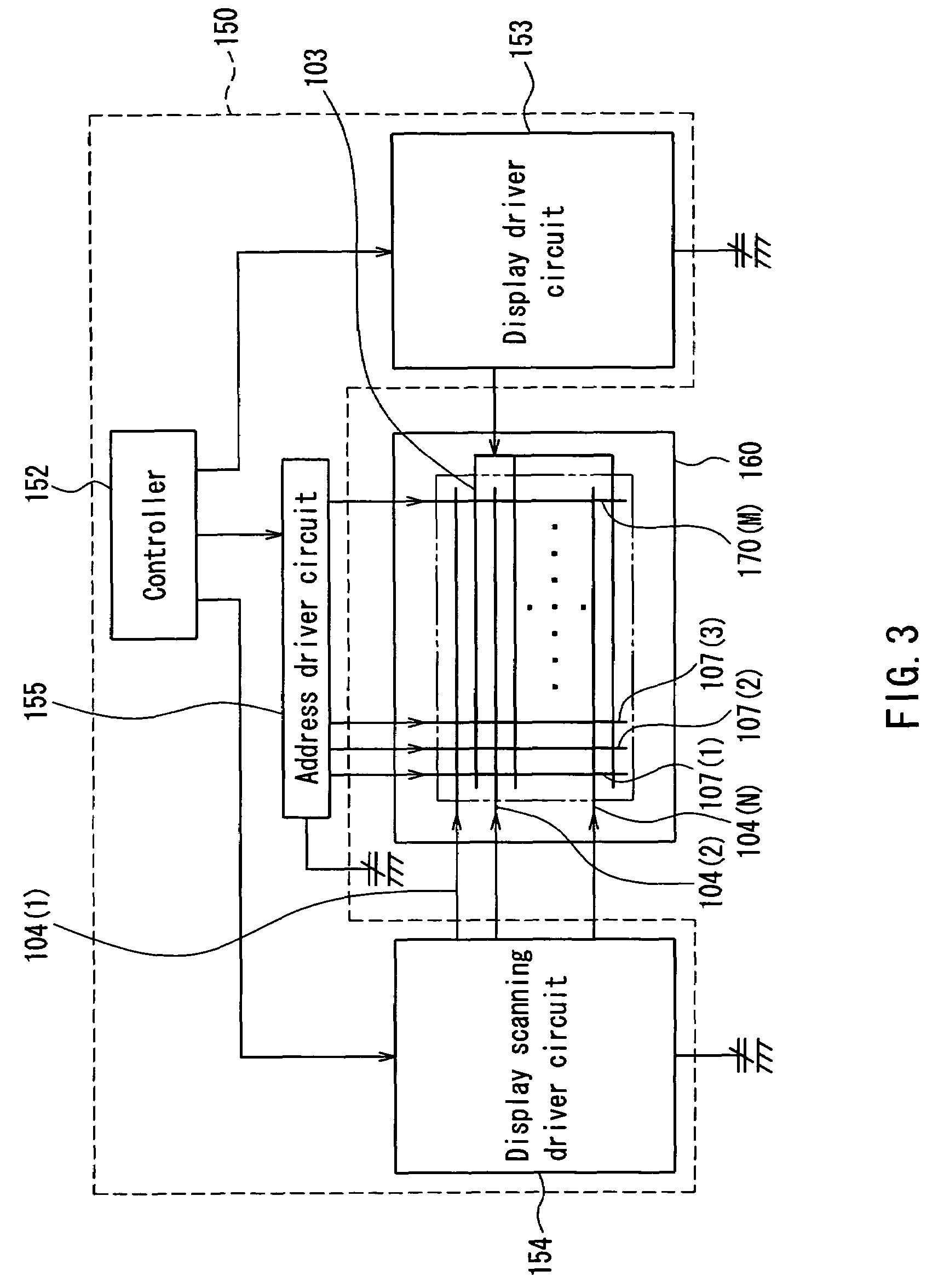Phosphor and plasma display device
a technology of phosphor and display device, which is applied in the direction of discharge tube/lamp details, discharge tube luminescnet screens, gas-filled discharge tubes, etc., can solve the problems of deterioration in brightness, increase in surface area of phosphors, and increase of defects on the surface of phosphors, so as to improve discharge characteristics, improve brightness, and improve the effect of phosphor brightness
- Summary
- Abstract
- Description
- Claims
- Application Information
AI Technical Summary
Benefits of technology
Problems solved by technology
Method used
Image
Examples
experiment 1
(Experiment 1)
[0112]As for the thus manufactured samples 1 to 10 and the comparative sample 11, the brightness for the respective colors after the phosphor baking step (520° C., 20 min.) in the rear panel manufacturing process was measured. Then, after the panel bonding step (sealing step at 450° C. for 20 min.) in the panel manufacturing process, the rates of change (deterioration) in the brightness for the respective phosphors were measured.
experiment 2
(Experiment 2)
[0113]The brightness of the illumination states of a panel for the respective colors and the rates of change (deterioration) in the brightness were measured as follows: discharge sustaining pulses with a voltage of 180 V and a frequency of 100 kHz were applied to a plasma display device continuously for 1000 hours life test) and the panel brightness before and after the test was measured. From the measurement results, the rate of change (deterioration) in brightness ([{brightness after the test—brightness before the test} / brightness before the test]×100) was determined. Address errors during the address discharge were judged from the observation of an image so as to check flickering. When flickering occurred even at one point, this was judged as an error. Furthermore, the brightness distribution, uneven color and shift in color of the panel were determined by measuring the brightness of a white image by a luminance meter and were judged from the overall distribution an...
experiment 3
(Experiment 3)
[0115]The phosphors in all colors were recovered from samples 1 to 10 and comparative sample 11, and the amounts of the absorbed gas of these phosphors were measured using a TDS analyzer (thermal desorption spectrometry apparatus), where outgassing amounts of water, CO2 and hydrocarbon gas at 100° C. to 600° C. were measured. Next, assuming that the total outgassing amount of water, CO2 and hydrocarbon gas (mass number 40 or more) of sample 1 was 1, the relative amounts of samples 2 to 10 and the comparative sample 11 were measured so as to measure the relative values of the gas amounts contained in the phosphors. Table 4 shows these results also.
[0116]
TABLE 4Unevencolor andPresenceshift inBrightness ofRate ofofcolorphosphorschangeaddressduringRate ofinerrorsilluminationdeterioration1)brightness2)duringstate ofRelativeSample(%)(%)addresswhite fullratio ofNo.BlueRedGreenBlueRedGreendischargedisplayadsorbate3)1−0.8−1.2−3.0−0.7−1.0−2.8NoNo12−0.5−1.2−3.1−0.5−0.9−2.5NoNo0.9...
PUM
| Property | Measurement | Unit |
|---|---|---|
| temperatures | aaaaa | aaaaa |
| average particle diameter | aaaaa | aaaaa |
| average particle diameter | aaaaa | aaaaa |
Abstract
Description
Claims
Application Information
 Login to View More
Login to View More - R&D
- Intellectual Property
- Life Sciences
- Materials
- Tech Scout
- Unparalleled Data Quality
- Higher Quality Content
- 60% Fewer Hallucinations
Browse by: Latest US Patents, China's latest patents, Technical Efficacy Thesaurus, Application Domain, Technology Topic, Popular Technical Reports.
© 2025 PatSnap. All rights reserved.Legal|Privacy policy|Modern Slavery Act Transparency Statement|Sitemap|About US| Contact US: help@patsnap.com



